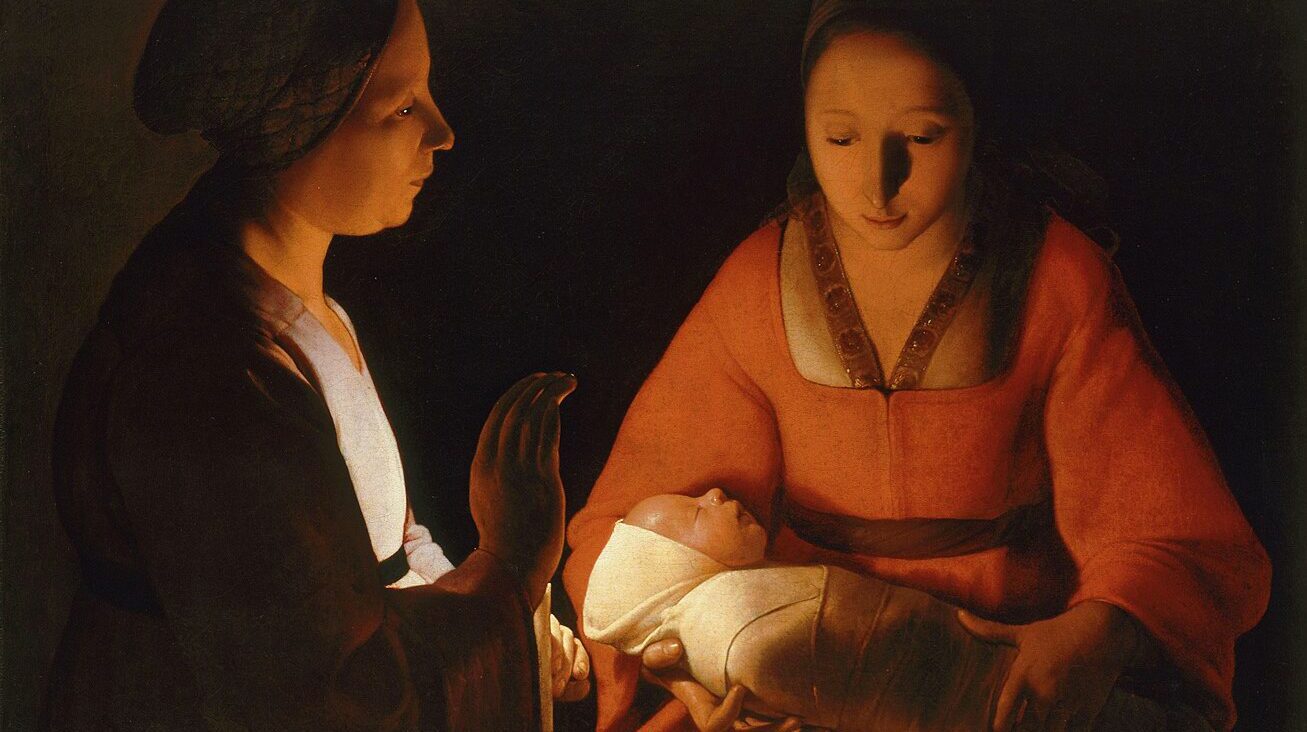February 2, in the liturgical calendar, is the day that Catholics celebrate Candlemas, which is also known as the Purification of the Blessed Virgin Mary, and the Presentation of Jesus Christ in the Temple. It is based on the account of the presentation of Jesus in Luke 2:22-40.
Nomenclature aside, the feast day celebrates Mary and Joseph’s presentation of Jesus in the Temple, 40 days after his birth and the response from Anna, the prophetess, who was “of great age,” and Simeon of Jerusalem. When Simeon took the child into his arms, he said, “Now, Master, you may let your servant go in peace, according to your word, for my eyes have seen your salvation, which you prepared in sight of all the peoples, a light for revelation to the Gentiles, and glory for your people, Israel.”
Light, therefore, plays an important role in this feast day. The candles used on this day signify light and are a symbol that Jesus it the “Light of the world.” But the candle signifies more than that. February 2 is the midpoint between the darkest and the brightest days of winter, between the winter solstice (approximately December 21) and the spring equinox (approximately March 21). “Light and dark,” as St. Paul has remarked, “have nothing in common” (2 Corinthians 6:14). They oppose each other in a most fundamental way. One symbolizes life and being, the other symbolizes death and non-being. When God said, “Let there be light” (Genesis 1:3), he triumphed over the darkness that could not comprehend the light (See John 1:4-5). Here, light has a twofold meaning: the illumination of the world as well as the illumination of the mind.
February 2 is the tipping point in the conflict between light and dark. One can imagine two formidable opponents engaged in a strenuous wrist-wrestling match. February 2 marks the day in which light begins to gain the upper hand. In each successive day, light is revealed more fully until the spring equinox, when light defeats darkness just as Christ conquers sin.
The surprising effectiveness of candle-light is beautifully expressed by Shakespeare in The Merchant of Venice when the Bard states: “How far that little candle throws his beams! So shines a good deed in a naughty world.” Candlelight can be therapeutic and is employed in that regard. How much more effective, though, is the light that comes from God? Given our earthly condition, we cannot completely escape darkness. According to St. Thomas Aquinas, “The creature is darkness in so far as it comes out of nothing. But inasmuch as it has its origin from God, it participates in his image and this leads to likeness to him” (De Veritate 18, 2 ad 5). That we come from nothing should make us humble; that we are journeying to God should give us joy.
I once wrote a poem about a candle. It was well received by friends and published in First Things. However, it has never occurred to me to write a poem about a light bulb. The incandescent bulb is pure practicality. There is, however, something poetic about a candle and it is richly and mysteriously evocative. The motto of the Christophers, founded in 1945 by Catholics with an ecumenical message to all faiths, is that “It is far better to light a single candle than to curse the darkness.” If we replace the word “candle” with “light bulb,” the phrase would not only lose its poetry, but would become comic. The wick is a dancing flame. The melting candle is a time clock. The substance of the candle comes from those assiduous insects known as bees. The candle is needed on the altar for Mass. It is holy, mystical, and honored when positioned in a candelabrum. And is there anything more romantic than a candlelit supper?
George de la Tour (1593-1652) was a French Baroque artist who painted mostly religious scenes lit by candlelight. He is called the master of the Caravaggisti inasmuch as he mastered the chiaroscuro (light and darkness) technique of Michelangelo Merisi Caravaggio. In many of la Tour’s paintings the candle emits a light that seems to come from another world. His candles, set against an enveloping dark background, in a mysterious way, outshine the darkness as Christ, though one, outshines the darkness of the world.
Candlemas is celebrated as the return of light and therefore as a sign of protection and prosperity. On this day, traditionally, Christians would take their candles to be blessed in church. Although Candlemas does not enjoy the popularity it once had, attempts have been made to restore its prominence. In 1997, Pope John Paul II chose Candlemas to celebrate the World Day of Consecrated Life. The Presentation of Jesus in the Temple, says this now-canonized saint in his message establishing the World Day of Consecrated Life (January 6, 1997), “is an eloquent icon of the total offering of one’s life for all those who are called to show forth in the Church and in the world by means of evangelical counsels, the characteristic features of Jesus—the chaste, poor, obedient one.”
The candle is also a symbol of both fertility and generosity. A thousand candles can be lit from the flame of a single candle without that candle losing any of its substance. Like love, it can give to innumerable others without diminishing itself. In science, candlepower is a unit of measurement for luminous intensity. But the real power of the candle is immeasurable. Lit in times of dearth, it signifies the light of the next world.
Let us not let February 2 pass without thinking about the Presentation in the Temple, Simeon’s prophecies, and the significance of candlelight.
ImageSource: AB/The Newborn Christ (cropped), by Georges de La Tour



